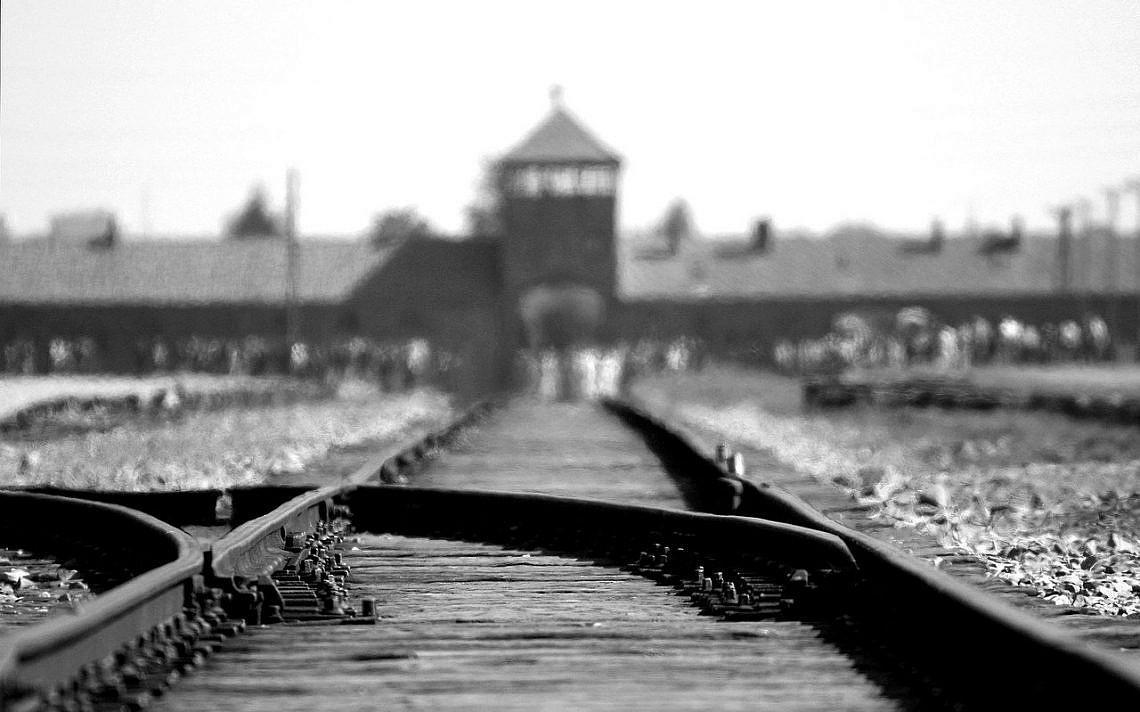
Originally posted on Times of Israel
Many years ago, when I was recovering from a failed relationship, I was told that conventional therapeutic knowledge was that my recovery would take about half the time the relationship had lasted.
Many of us, non-Jews and Jews, Israelis and non-Israelis, are anxious for us Jews to move on from the Shoah, to avoid the trappings and encasings of traumatic memory. But how much time should we need in order to recover from what we thought was a healthy, mutual relationship with the enlightened, Western world – but which ended toxically?
We can answer that question for Israeli society only by understanding the extent to which the Shoah continues to haunt Jewish society not only at a collective level, but also at a personal level. The two are inseparable.
The dangers of excessive focus on the Shoah, especially in Israel, are apparent: it reinforces a self-conception of perpetual victimhood (and, with it, a sense of moral immunity for our wrongdoings); it corrodes whatever trust in the non-Jewish world that we may have been able to build over the last six decades; it leads us to identify virulent anti-Semitism where, in reality, other forces are at work, and it leads to simplistic thinking that offers quick-fix solutions (“Jewish statehood,” allegiance to the eternal Jewish people, the use of force) to complex and often intractable problems.
Precisely because of these dangers, many of us breathed a sigh of relief when Dr. Anat Livne, director of the Ghetto Fighters’ House Museum, where the official Israeli commemoration of Yom HaShoah is concluded, recently voiced serious, engaged critique about the sagacity of the way in which we educate about the Shoah, including the annual youth trips to death camps in Poland (such as the “March of the Living”).
And because of these dangers, many of us cringed when Prime Minister Benjamin Netanyahu repeatedly and indelicately invoked the Shoah in an effort to prevent Iran from attaining nuclear capacity – a goal that needed no such comparison to justify its importance.
But to ask, “How much longer will you dwell on the Shoah?” and condemn the ways in which we fall victim to its memory, is to be blind to the silent, inimical fashion in which the Shoah continues to influence Jewish and Israeli consciousness. Please meet the “Second Generation” – the children of survivors.
I first encountered the “2G” phenomenon in couples’ work, where my partner and I began to understand the way in which my partner’s past, as a child of survivors, constituted a significant force in her life (and therefore in mine, too). I again met the Second Generation at my 40th birthday celebration, when two of my friends met for the first time and immediately hit it off, identifying each other as fellow “2G’s.”
To be Second Generation is to know that the Shoah is not something which happened then, there, with the murder of six million and the mangling of the lives of those who managed to survive.
The Shoah’s wounds continue to ooze: into the Second Generation’s life choices, their eating habits, their marriages, their parenting, their fears and aspirations, their politics. In short, it animates the way they walk in this world, today. Given that, how could Israeli society, which is, after all, composed of individual Israelis, nearly all of whom have some personal connection to the Shoah, avoid a deep engagement with the Shoah, a force that continues to be as potent as it is all-pervasive?
Six years ago, my extended family gathered for my nephew’s sixth birthday: he sat in a chair in the middle of concentric circles as his cousins, his parents, and his grandparents sang and danced around him. I looked at the scene with incredulity, as I witnessed my nephew surrounded by the rapturous singing of about a dozen my nephews and nieces, along with my brother- and sisters-in-law, all Second Generation, and my father- and mother-in-law. My father-in-law had seen his father arrested and taken away on Kristallnacht, and my mother-in-law had spent most of the war as a young girl hiding her Jewish identity in a Catholic monastery. The grandparents on the other side have biographies no less traumatic: one was a “mere” survivor, the other had the dubious distinction of being one of the Mengele twins who survived.
The depth of the wounds is terrifying, the ongoing pain that accompanies each and every movement has become the new normalcy. And yet, amidst it all, I was privileged to witness a redemptive moment of healing. Survivors, Second Generation, and the grandchildren, joining in song and dance, celebrating the completion of another year of life.
If I were to extend the metaphor outward and trace the concentric circles to the people outside the home in which we were gathered, I would see an Israeli society that is, despite it all, doing a remarkable job of healing from a trauma whose effects continue to wield unremitting force even now – in its public discourse and in its collective consciousness, to be sure, but also in its family dynamics and in the psyches of so many of its individual members.
Perhaps we are ready to transform our struggle with its lingering presence, reconfiguring the way in which we as a society commemorate and educate Shoah. But to deny the fierceness of its grip on us is to deny the basic fact that Israeli society consists of Israelis – individuals, many of whom continue to suffer the aftershocks of the cataclysmic chain of events that began in 1933 and continued until1945.
Despite it all, Israel, and so many of the Jews who reside here, have managed resiliently to reestablish trust in the world that we have good reason to spurn.
It may be too soon to predict the half-life of the Shoah, whose embers are still glowing.
You care about Israel, peoplehood, and vibrant, ethical Jewish communities. We do too.
Join our email list for more Hartman ideas